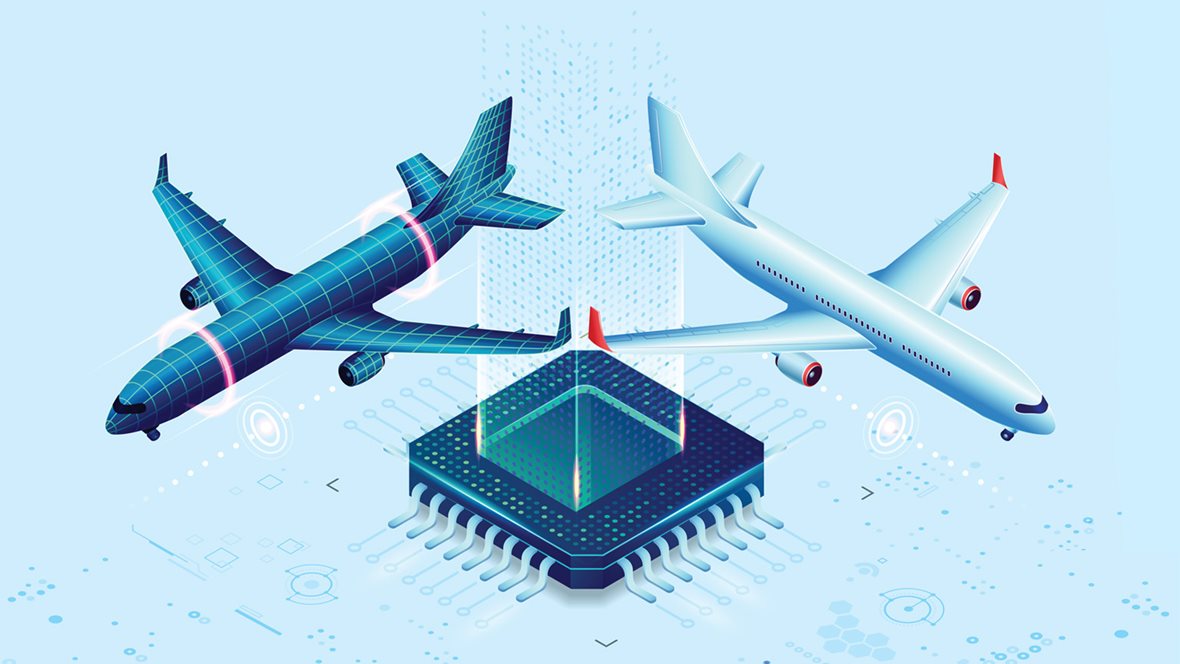What is Digital-Twin Technology?
August 26, 2024 | Article By McKinsey & Company
What would you do if you had a copy of yourself?
A digital twin is a digital replica of a physical object, person, system, or process, contextualized in a digital version of its environment. Digital twins can help many kinds of organizations simulate real situations and their outcomes, ultimately allowing them to make better decisions.

What would you do if you had a copy of yourself? A digital doppelgänger, identical to you in every way, in an accurate digital rendering of your home, workplace, neighborhood, or city? Even better: What if the digital version of you—your digital twin—was impervious to injury, pain, or embarrassment? The mind boggles at the possibilities. Suffice it to say, you’d probably be able to make decisions for yourself with a lot more certainty of the outcome.
In business, this heightened degree of certainty is extremely valuable—and emerging digital twinsmay help deliver it.
Put simply, a digital twin is a virtual replica of a physical object, person, or process that can be used to simulate its behavior to better understand how it works in real life. Digital twins are linked to real data sources from the environment, which means that the twin updates in real time to reflect the original version. Digital twins also comprise a layer of behavioral insights and visualizations derived from data. When interconnected within one system, digital twins can create a digital and often immersive environment that replicates and connects every aspect of an organization to optimize simulations,scenario planning, and decision making.
Creative product development leaders are increasingly enthusiastic about digital twins. McKinsey analysis indicates the global market for digital-twin technology will grow about 60 percent annually over the next five years, reaching $73.5 billion by 2027.